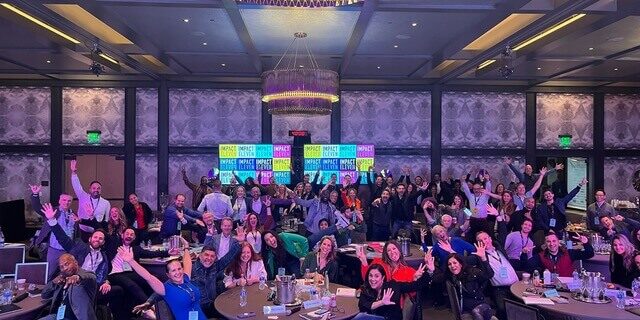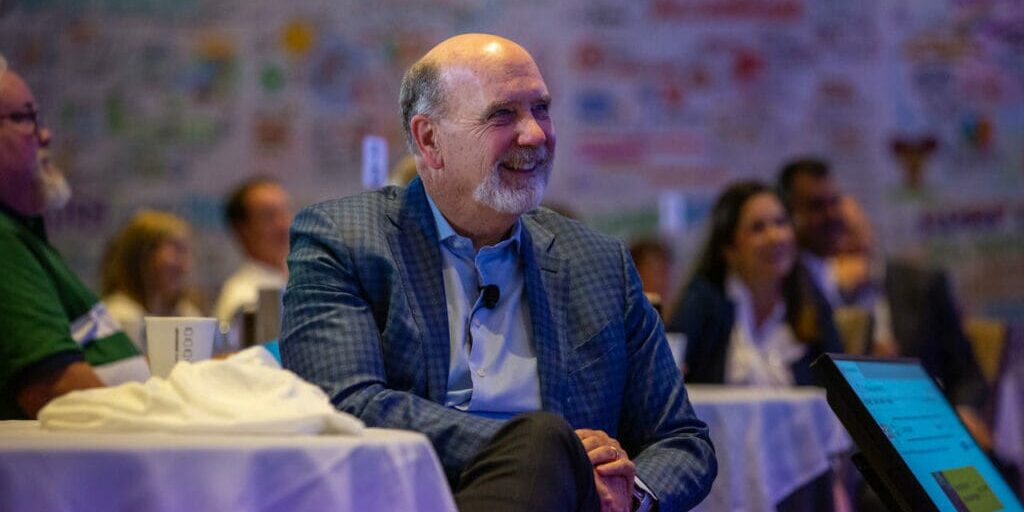The discipline of change is changing. The modern marketplace is as dynamic as it is ruthless, and business leaders are increasingly defined by their ability to adapt to new technologies, ideas and realities.
The most successful leaders in today’s world …. and tomorrow’s … and the day after’s … are able to embrace a mindset of continuous reinvention — of themselves, of their teams, of their organizations.
I like to think of these leaders as Futuremakers. With one foot in the present and one foot in the future, Futuremakers navigate their teams and organizations to positions of success in today’s competitive landscape. They execute today while evolving to meet the challenges of tomorrow. Above all, these Futuremakers act as agents of change who help create a brighter future and a better world.
I have been lucky enough to meet many such Futuremakers. Though their approaches and personalities are wonderfully diverse, they all share three common characteristics that allow them to embrace continuous reinvention and be resilient leaders.
They Stay In the Learning Lane
Driven by an insatiable hunger for learning, these effective and resilient leaders are committed to cultivating curiosity and continuing their own education. That means they are never content with stasis; instead, they are constantly looking outside of themselves and their organizations for ideas, insight and information they can leverage to improve, evolve and adapt.
By contrast, leaders who cling to comfort and refuse to embrace change get left behind. They hold their teams back. When my team hits a plateau, it’s usually because I relaxed on my own commitment to learning. That’s why I challenge myself to inhabit what I call the learning lane — the place just outside of our comfort zones, where transformative growth is possible and opportunity exists.
Our biggest and brightest breakthroughs arrive when we push ourselves to challenge old ways of thinking, but disrupting our habits and mental loops takes practice. It takes discipline. It takes a commitment to cultivating a creative mindset through the pursuit of little everyday breakthroughs.
This opportunity for growth and impact is within every leader’s reach. All it takes is a radical dedication to investing time and effort in nurturing your learning agility and creative problem-solving. Do so, and you’ll know what to do when you don’t know what to do.
They Combat Fear Through Action
It’s not enough to know what to do, however — or why, or even how. Today’s leaders have to be willing to act, without hesitation, in the face of uncertainty and despite the fear of failure.
I have seen so many organizations resist change and hold on too tightly to the status quo because they feared failure. Every one of them ended up getting disrupted by a company that was willing to evolve. If you want to want to survive, you have to be ready to continuously reinvent yourself and reinvent your business model.
The antidote to this paralyzing fear of failure is action: bold, specific, intentional, decisive action. Futuremakers recognize that we are all living in a permanent state of reinvention, so they choose to view the challenge of change through the lens of opportunity. Then they attack that opportunity. They don’t resist or hide from their fear. They feel it, they embrace it, and they channel it into action.
Success is iterative. My team is constantly conducting little experiments to help us mitigate our fear of the unknown. The goal of these experiments isn’t a major breakthrough or grand slam idea. We are looking for a little bit of insight to keep our forward momentum or to redirect that momentum in a new direction.
Today’s world is both constantly evolving and full of technology innovations and potential disruptions. Leaders and organizations who don’t adopt a healthy disruption mindset are destined to be disrupted by competitors.
They Are Highly Self Aware
Continuous reinvention means so much more than professional development and looking for the next market opportunity.
At heart, embracing this mindset starts on the inside, with an acute self-awareness of your role and identity as a leader. That means taking an approach of intentionality and reflection when it comes to your own growth.
Continuous reinvention depends, first and foremost, on a leader’s willingness to take ownership of failures and successes, their honesty in assessing growth and recognizing blind spots, and their hunger for improvement.
Without those traits, leaders can get stuck in a loop of repetitive and unproductive behaviors and actions.
Reinvention also depends on opening yourself up to feedback and even compassion. Leaders need to be able to step outside of themselves and put their pride aside in order to do what is best for the team and the people on it.
This is more true than ever. In the midst of a long-tail, pandemic-induced mental health crisis, Futuremakers have been given the rare and long-awaited opportunity to shift the paradigm and prioritize employee well-being and mental health.
This shift takes transparency, constant communication and a compelling vision of the future, but leaders who do so can help their teams seize this window of opportunity and emerge stronger, smarter and more resilient than ever before.










